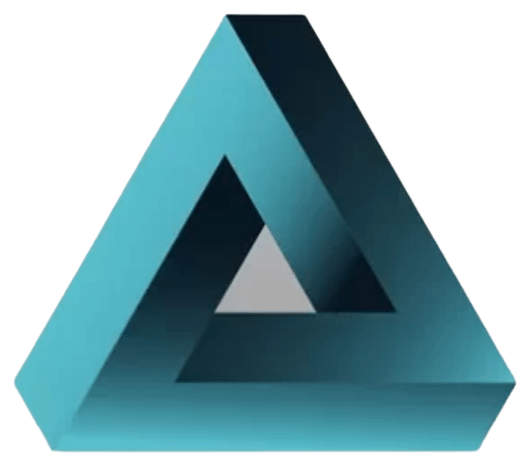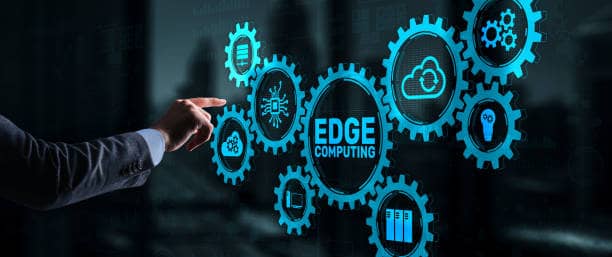Edge Vs Cloud Computing
Have you ever heard about Edge computing technology and wondered what it means?
We will dive deep into the difference between edge computing and cloud computing, the pros and cons of each, and why you should consider using one over the other.
Get ready to find out all the important takeaways in this informative post.
The Basics Of Edge Computing
Edge computing is a new and innovative way to process data. Unlike traditional methods of data processing which require data to be sent back and forth between a central server and the user.
Edge computing allows data to be processed locally on the user’s device. This has several advantages, including reduced latency, improved security, and increased privacy.
In this article, we’ll take a closer look at edge computing and how it compares to cloud computing.
Understanding Cloud Computing
Cloud and edge computing are two of the most popular terms in the tech industry of today.

Though they are both involved in processing data, they are quite different from each other. Here is a quick rundown of the key differences between edge computing and cloud computing:
-The technology of Edge computing is a decentralized approach to data processing, while cloud computing is a centralized approach.
-Edge computing brings computation and data storage closer to the user or device, while cloud computing moves them further away.
– Edge computing is more suited for real-time applications, while cloud computing offers more flexibility.
-It is more expensive than cloud computing.
Now that you know the key differences between these two approaches to data processing, you can start to understand which might be preferable over the other.
The Major Differences Between Cloud And Edge Computing
Edge computing technology is a new buzzword in the tech industry, but what exactly is it? And how does it differ from cloud computing?
To simplify things, edge computing is a type of distributed computing that brings computation and data storage closer to the user.
It can be used in cases where real-time data processing is required, or when internet connectivity is unreliable or intermittent.
Cloud computing, on the other hand, refers to the use of remote servers to store, manage, and process data.
The major advantage of cloud computing is its scalability – users can access as much or as little computation and storage resources as they need, without having to invest in their infrastructure.
Let us look at the key differences between edge computing and cloud computing technology.
Here are some key points to consider:
Location: Edge computation takes place at or near the user (e.g. on a mobile device), while cloud computation takes place on remote servers.
Latency: It can result in lower latency than cloud computation since data doesn’t have to travel as far. This can be important for applications that require real-time data processing.
Connectivity: Edge computation can be used in cases where internet connectivity is unreliable or intermittent.
This isn’t possible with cloud computation, which requires a constant connection to work effectively.
Cost: Cloud computing technology is generally more cost-effective than edge computing since it requires no upfront investment in infrastructure.
Security: The process of Edge computation tends to be more secure than cloud computation since data is stored and processed locally rather than on a remote server.
There are a few key advantages and disadvantages to consider when weighing edge computing versus cloud computing for your business.
Computing Edge Over Cloud
-Data is processed closer to the source, which can reduce latency issues.
-It can be more cost-effective than traditional cloud architectures since data doesn’t have to be sent back and forth to centralized locations.
-It’s more secure than public clouds since data never leaves the premises.
– businesses have more control over their data with edge computing.
SUBSCRIBE FOR EDGE COMPUTING SERVICES TODAY!
Reasons To Choose Cloud Computing
-Edge computing requires specialized hardware and software, which can be expensive.
– businesses need to have staff on hand who are trained to manage and maintain edge infrastructure.
– if not done correctly, edge deployments can result in silos of information.
SUBSCRIBE FOR CLOUD COMPUTING SERVICES TODAY!
Conclusion
A recent study conducted by Forbes Insights and sponsored by Equinix revealed that a majority of enterprises believe that a hybrid IT strategy that melds together edge computing and cloud services will be critical to their future success.
The benefits of this approach are many. For one, it allows companies to keep data closer to where it’s being used, reducing latency issues.
Additionally, it gives organizations more control over security and compliance. And lastly, a hybrid cloud/edge model can be more cost-effective than relying on a single type of infrastructure.
Yet despite its clear advantages, only 27% of respondents said they have implemented such a strategy.
This suggests there’s still a lot of confusion about how to get started with edge computing deployments or even what exactly “edge computing” means.
In conclusion, edge computing and cloud computing are both viable options for processing data.
Cloud computing is more traditional and cost-effective since it can be deployed remotely, but edge computing offers faster speeds with the added benefit of improved security on sensitive data.
Ultimately, the choice between edge computing vs cloud depends on your specific needs.
With all this in mind, it is believed that the knowledge here is viable enough about these two technologies to make an informed decision that best suits your business or application requirements.



One Comment